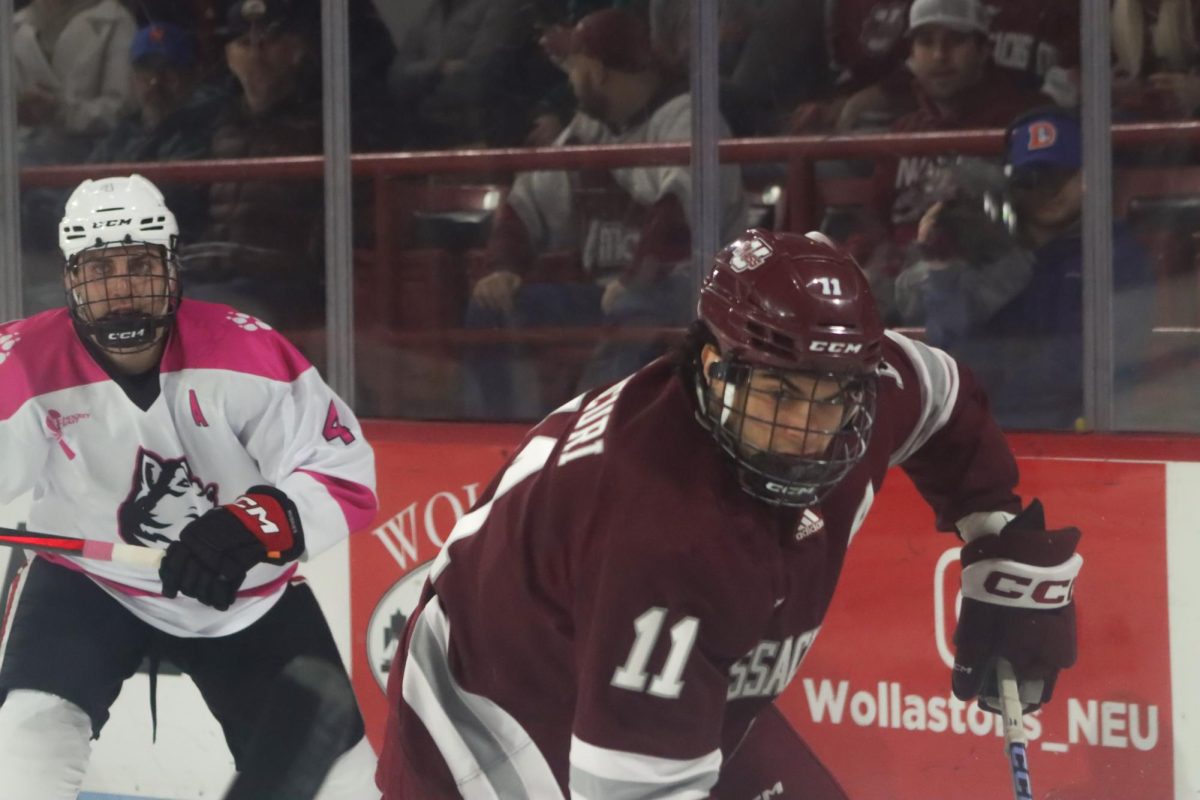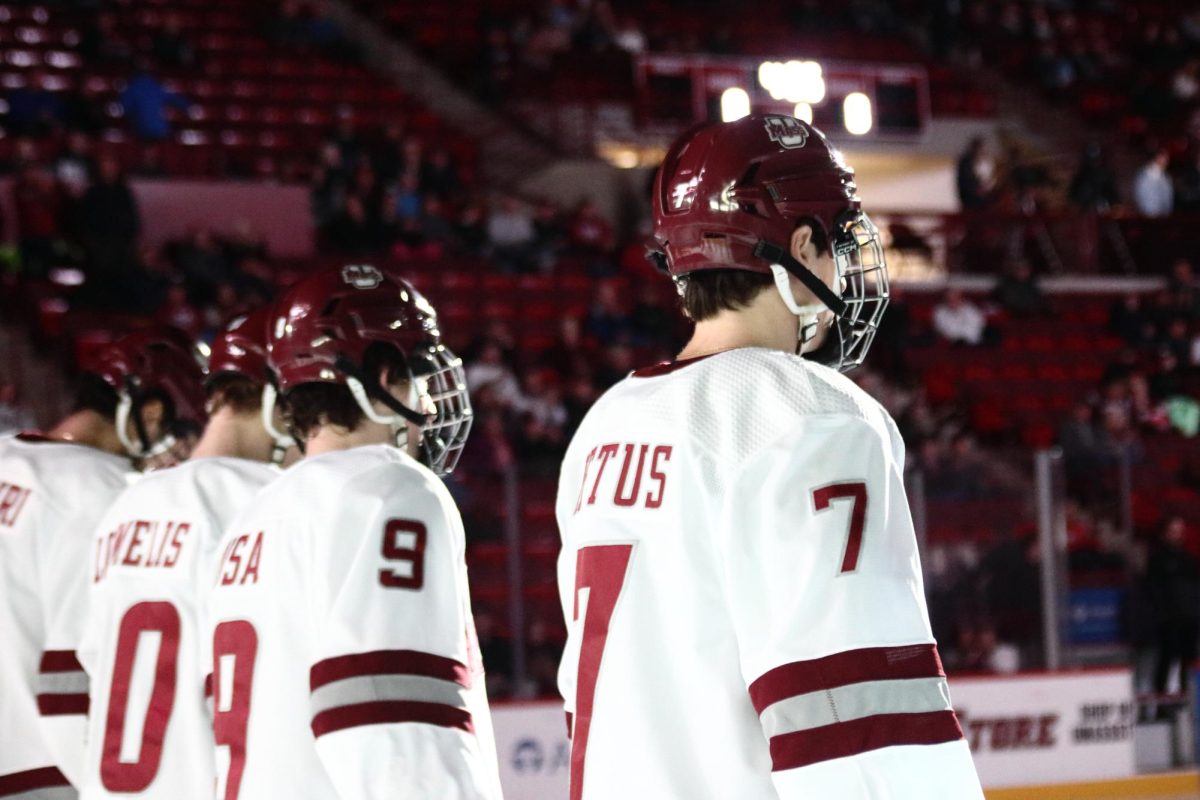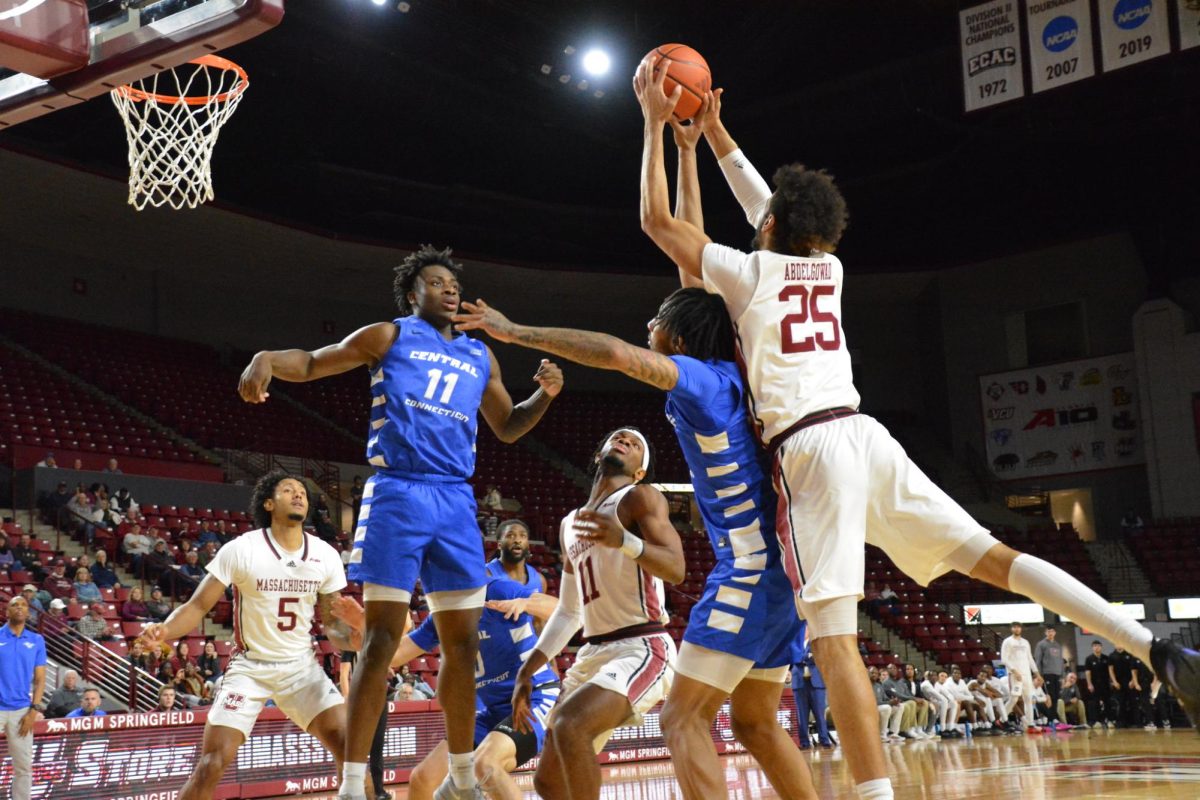On April 15, fellow Collegian columnist Lily Robinson wrote a thought-provoking article about the inequitable discrepancies women face in collegiate athletics, especially regarding coaching positions and funding. All the points she made were valid, and the piece successfully pointed out that women do not have the same opportunities as their male counterparts in college athletic programs.
That said, addressing the problem is only the first step in an arduous process to real and meaningful change. There are two questions that need to be answered from this piece in order to move that process along:
Why are there fewer female coaches in college athletics today than there were 40 years ago?
How can we level the playing field in terms of equal funding for male and female sports programs in college athletics departments?
In Robinson’s defense, there are no simple solutions to these problems; otherwise, they would already be resolved. On top of that, it would be foolish to assume these issues can be fixed overnight by writing a piece like this. But this should push the conversation forward by providing an outline for what the process of achieving athletic equality may look like.
In her column, Robinson pointed out that female coaches on women’s college athletics teams dropped 50 percent from the time Title IX was signed in 1972 to 2016. That trend is by no means a coincidence. With that policy going into effect, more revenue opportunities became available in women’s sports and men began to flock to those job openings in droves.
And with college athletic departments becoming more robust, there was a greater need for leaders to oversee them in athletic directors. These AD opportunities were almost always presented to men early on and they have contained a near-monopoly on these positions since, with only 24 percent of athletic directors being female in 2020. These men control the hiring process for the entirety of their programs, allowing them to employ people that look like them and not necessarily the best candidates, regardless of sex, resulting in the troubling trend we see today.
The second reason is the relative lack of a pipeline female athletes have to become a coach compared to men. An obvious example is football, where females are often unable to participate due to the single sex nature of the sport. Not being given an opportunity to play decreases the possibilities of being a member of the team, developing a relationship with a current coach, learning from them and their knowledge of the game and leaning on them as a mentor when considering their own coaching career.
Also, there is a consistent assumption that any male coach can automatically coach a women’s team, but never that same mindset when the roles are reversed. We often see a male coach for a women’s soccer or basketball team, but it is incredibly rare for a woman to coach a male’s team. This tendency is patriarchal by nature and discourages female athletes from striving to be coaches because there aren’t as many paths to get those positions.
On the other hand, the question of why female collegiate sports programs receive less funding than male programs is simply economical. As much as the NCAA and its attending institutions insist that they are not for profit, that claim could not be further from the truth given the multi-million dollar contracts we see handed out to coaches every offseason and the ridiculously expensive facilities solely made for college football programs.
At this point in time, men’s college sports generate higher viewership numbers and more butts in seats than female programs, resulting in more revenue for those teams. For example, the Massachusetts men’s basketball team earned over $400,000 in ticket sales in 2019 while the women’s program generated $16,000, or less than one-twentieth of what the men’s team made. Because these programs are designed to make money, of course they are going to invest in the programs that give them the highest earning potential.
With that said, as shown by the NCAA Women’s Basketball Tournament and its fervent popularity this past year, the revenue generation possibilities for women’s sports are there. The championship game garnered more than four million viewers on ESPN, while two Sweet 16 games – between Baylor and Michigan, and UConn and Iowa- each generated at least 1.2 million fans watching. Clearly, there is a market for women’s college sports; otherwise, no one would be watching at all.
The most obvious way to level the playing field in attempt to eliminate the large gender divide in the sports industry is through better media coverage for women’s sports. The 2021 NCAA women’s basketball championship semifinals averaged two million viewers combined, an 11 percent increase since 2019. Those games were broadcast on ESPN, and we can only assume that number would rise if they were on ABC or another national network. While historically the argument has been that people don’t care to watch women’s sports, in March, women’s college basketball debunked that myth alone.
To further emphasize bringing equality to female athletes in the sports industry, the support and awareness can’t end in March. College basketball stars such as Paige Bueckers and Hailey Van Lith are among the most popular student-athletes on social media, regardless of gender. Women’s college basketball games are generating as much, if not more, social media engagement than men’s contests. Through this high level of marketability, these players and programs have proven they are worthy of a bigger platform for the other 11 months of the year, too.
Soooo the women’s tournament doubled the men’s social media engagement last night with 39 MILLION impressions. I hope that when potential sports sponsorships are discussed that people do their homework. Right now Less than 1% of all those dollars go to women’s sports. 📸 @Zoomph pic.twitter.com/O07N6uHzKy
— LaChina Robinson (@LaChinaRobinson) March 30, 2021
On our own campus, the Massachusetts women’s basketball team ended its 2020-21 season with a win in the Women’s National Invitational Tournament. After an appearance in the Atlantic 10 Championship, “#UMassTwitter” was all over that game. If you tuned in for the successful tournament run, then you can watch next season when Tory Verdi returns with the same roster of players that dominated postseason play.
Like Robinson said, if you cared about this issue in March, you can still care about it here in your own backyard. Even with this unusual spring/fall season coming to a close for most teams, there are still programs to support. The Massachusetts women’s lacrosse team is riding an 11-2 record and remains undefeated in conference play. This is no surprise considering how the Minutewomen have consistently cruised through the A-10 under control of head coach Angela McMahon. With just a few games left to play this season, if you are a sports fan, there is no better UMass team to support right now.
The issue of equality at the collegiate level has been presented as complex over time. And while no article, speech or specific instance can immediately change the way that women’s sports are perceived, action can begin instantly with a simple approach.
Athletic departments should be consistent across their programs. By that, home games for baseball and softball should be advertised the same exact way. For consistent fans of men’s sports, bring that same energy to women’s sports, too. There is no data to show that women’s sports here at UMass are less than any men’s team on campus, and thus there is no solid argument as to why you can’t show the same level of support and appreciation for both.
It’s 2021. Being a misogynistic fan only means missing out on some of the best sports and athletes this school and country have to offer. Instead, support women’s sports.
Lulu Kesin can be reached at [email protected]. Follow her on Twitter @LuluKesin. Freeman Alfano can be reached at [email protected]. Follow him on Twitter @freemanalfano/





















Judy Faherty • Apr 22, 2021 at 3:53 pm
These are really important issues that Lulu and Freeman have raised. Clearly the culture won’t change until the universal consciousness is raised to these inequities. Thank you to Lulu and Freeman for this important, well written, expression of yet, another way in which we have not fully reached the equity we hope for our daughters and sons to experience as second nature. Keep up the great work!